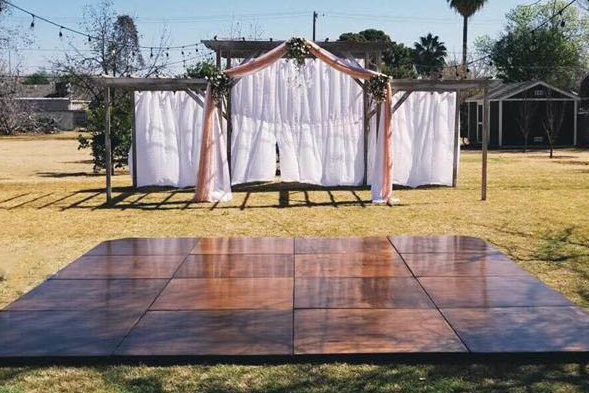Enhancing Ingenuity With Hue Principles in Illuminated Dance Platform Designs
Enhancing Ingenuity With Hue Principles in Illuminated Dance Platform Designs
Blog Article
Color theory is an important aspect of design, particularly as it comes to designing LED dance surfaces. The interaction of colors can greatly influence the mood and energy of a venue. Through grasping how colors work together, creators can create an environment that enhances the overall experience for dancers. This piece examines the basics of color theory and its use in light-emitting diode dancing floor layouts.
The main hues are crimson, blue, and yellow. These hues cannot be created by blending different hues combined. Intermediate hues, such as emerald, orange, and violet, are formed by mixing primary hues. Third-level colors are created by mixing a main hue with a secondary color. Understanding these basic connections helps creators select colors that complement one another and create a aesthetically pleasing show. Combining these hues on an light-emitting diode dancing floor can result to vibrant and stimulating outcomes that capture the attention of dancers.
Color value also plays a crucial part in design. Colors can be categorized as warm or chill. Hot hues, such as red, tangerine, and yellow, tend to evoke feelings of enthusiasm and heat. In opposition, cool colors like blue, green, and violet typically create a calm and soothing environment. Creators can utilize these color values to establish the ambiance for various kinds of events. For instance, a party environment may gain from warm colors that energize the crowd, while a further relaxed event might use chill hues to provide a calming effect.
In furthermore to hue pairings and temperature, brightness and saturation are essential factors to consider. Brightness refers to how bright or dark a color appears, while saturation measures the intensity of a color. Bright, intense dance floor rental for school events hues can create a lively and lively atmosphere, ideal for dancing floors. On the other hand, gentler, lower saturated colors can generate a more subdued environment. Through adjusting luminosity and saturation, designers can attract focus to specific areas of the dance surface or establish visual pathways, leading participants through the space.
Ultimately, it is essential to consider the emotional impacts of color in LED dancing surface designs. Various hues can evoke try this out different feelings and responses. For example, crimson is frequently linked with zeal and energy, while azure can be calming and peaceful. Understanding these connections allows designers to tactically apply hues to influence the behavior of participants. By integrating color principles into LED dance surface designs, creators can improve the total encounter, making it memorable and pleasurable for all involved.